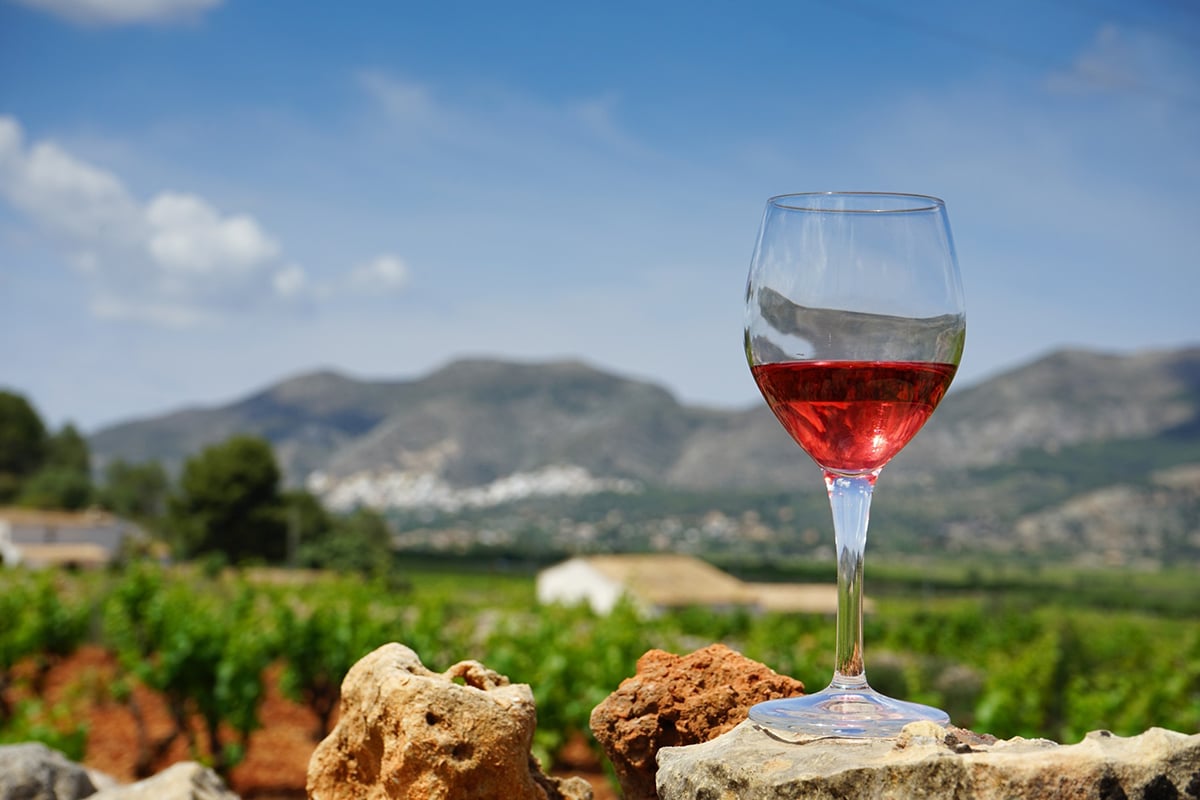Wine Diary
Wine Culture: 7 Factors to Consider to Know About
Wine lovers know that wine has a very deep culture. Wine culture is not just about getting recommendations for white or red wine. Here are the important details you need to know…
There are many details that a wine lover should know about wines, from the production process to the calorie values. These details can be listed as follows:
- Production Process of Wines
- Color Tells You More About a Wine Than You Think
- Difference Between New World and Old World Wine
- A Standard Glass of Wine Contains 100-150 Calories
- The Sweetness in Wine Is Not Due To Added Sugar
- The Reason for Pairing Red Wine with Red Meat
- Not All Wines Get Better With Age
İçindekiler
Production Process of Wines and Wine Culture
Winemaking has remained the same for centuries because the sugar and yeast found naturally on and in grapes convert grape juice into wine when processed, creating alcohol.
The process of making white and red wines is similar, with a few key differences. White wines ferment longer at lower temperatures, and red wines are left to age longer than whites. In total there are 9 steps in the white winemaking process and 12 steps for red wine.
Color Tells You More About a Wine Than You Think
Did you know that the color of the wine tells more than just two different color details of red? The appearance of a wine is an indication of its variety, age, geographical origin, and even the winemaking techniques used to produce it.
Difference Between New World and Old World Wine
Simply put, the term ‘Old World’ refers to wines produced in Europe, emphasizing traditional European lands and techniques such as the use of classic wine grapes, production methods, and the use of non-stainless steel containers. The ‘New World’ reflects winemaking in newer wine-growing regions such as Australia, the United States, South America, and Asian countries.
Wines from New World regions tend to have a higher sugar content and more fruity character compared to Old World wines with more earthy, herbal flavors and lower sugar and alcohol content.
A Standard Glass of Wine Contains 100-150 Calories
Nutrition labels are usually not found on wine bottles. However, this does not mean that wine is calorie-free. A standard serving of 5 ounces or 150 ml of red or white wine will result in your intake of 100-150 calories. The higher the sugar or alcohol content, such as a sweet wine, sparkling, or full-bodied red, can increase by an average of 150-200 calories per glass.
The Sweetness in Wine Is Not Due To Added Sugar!
Your sweet wine is not sweet as sugar has been added. The sweetness in wines comes from the sugars left over from the grapes during fermentation. Other factors such as variety, harvest time, natural rot, fortification, or frozen grapes all affect the sweetness detail. In the rare case that the grapes don’t ripen as the winemakers want, sugar can be added to aid fermentation.
The Reason to Pair Red Wine with Red Meat
The logic behind the familiar idiom “red with red and white with white” is based on the principle of pairing heavy foods with heavy wines and light foods with light wines. Ultimately, good wine pairing means that both food and wine will bring out the best in each other and be better together, even creating a new flavor that is only possible by pairing the two.
Not All Wines Get Better With Age
Unless the wine bottle is stored in a cool, moisture-free environment, away from direct sunlight, and in a certain way, it is difficult to know that the wine in it does not turn into a sour vine solution. Many white wines do not require aging and must be consumed within a year to benefit from their freshness. Wines produced foraging can be aged by different methods or stored in certain types of wooden warehouses.
Ways to tell if a wine is spoiled are discoloration (brown or cloudy), foul odor, or an excessively bitter or metallic taste. If you think your wine can get a lot better as it ages, it might make sense to build a wine cellar. You can choose among very good options for your cellar by examining the wine rack models carefully designed by Ardinart.

